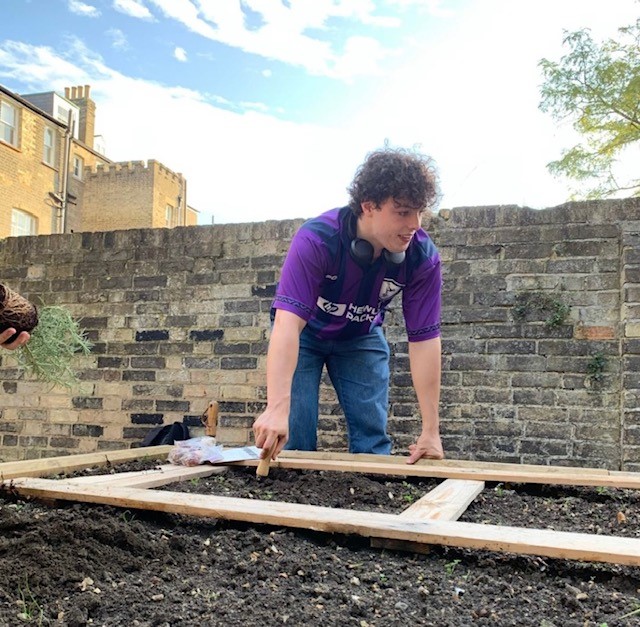Blog
30 October 2024
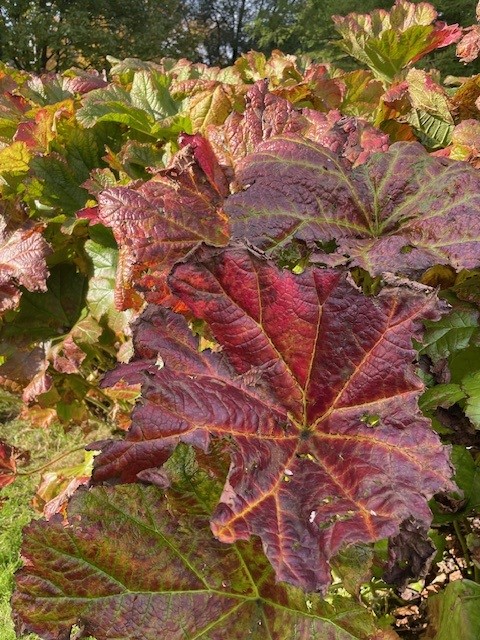
As I write this blog about the gardens, the sun has gone in, and the clouds have come out. We have been experiencing some very warm days for this time of year, mixed with, at times, some glorious spells of sunshine. It was officially the wettest 18 months on record and, if there is a positive to come out of that, it would go somewhat to redressing some of the damage done from the droughts of a couple of years ago.
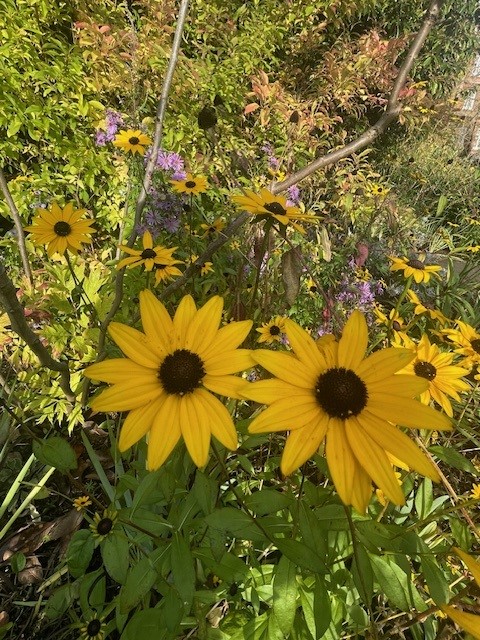
I have just come back from a conference at Kew Gardens. The subject of the conference was ‘Horticultural Solutions for the Planet’. The key topics were about climate change in the industry, and how the industry intends to adapt towards sustainability and climate change. One of the topics covered was how Kew Gardens uses modelling to predict which species to plant in the gardens.
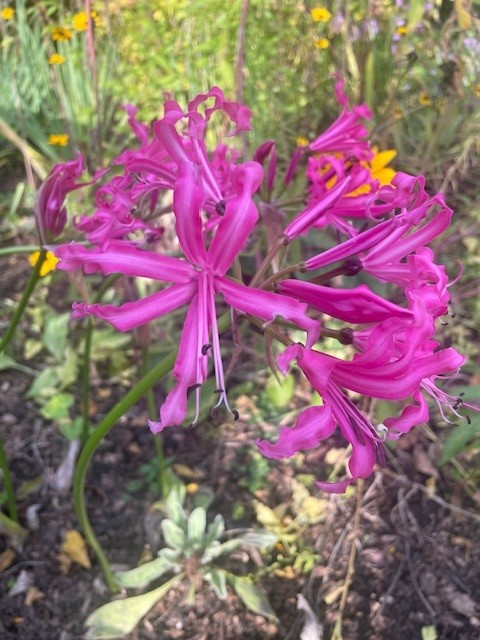
In 2022, there were over 550 tree deaths in Kew Gardens alone; this is an enormous tree mortality figure. Tree species that would usually cope with the climate in the United Kingdom have been really struggling. Our native trees are under threat like never before.
Oak trees, beech trees and rowan trees are at greatest risk. It is predicted that the climate by 2050 will be nearer the climate of Barcelona than the usual cooler days of what was traditionally our climate. It is inevitable that the college will suffer further tree mortality, but we will have to consider which species to plant in the future.
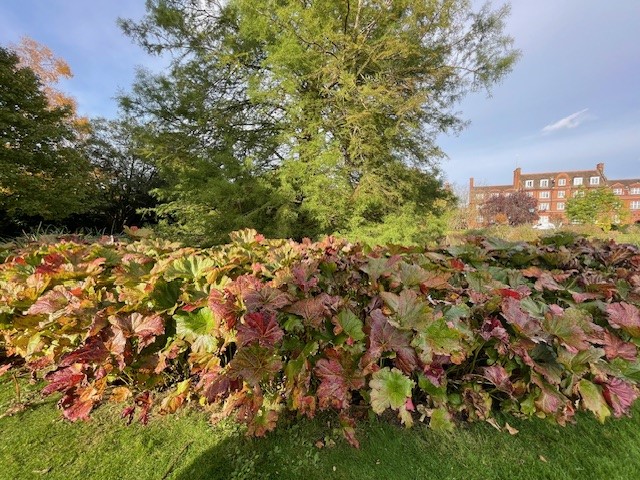
It would also certainly explain the wonderful colours of the leaves this year – they are falling rapidly now, though. Please spare a thought for the Garden Team at this time of year. We are working our socks off to try and clear as many leaves as possible! This can be a thankless task, and you can clear a huge pile of leaves one moment, only to turn around and see that the leaves have dropped another thousand more!
The department works so hard to try and get most of the leaves cleared by Christmas. This is a gargantuan task. There are multiple thousands of cubic meters of these that are collected. The majority of those are stored and composted to be reused on the beds. This is a wonderful thing to do and makes the garden much more sustainable. Next spring, most of the compost will be spread on the flower beds as mulch. This, in turn, will help with other things, such as suppressing the weeds, holding in moisture (less watering for us to do, thereby saving a valuable water source) and adding valuable nutrients back to the soil. The whole process is very labour-intensive but essential.
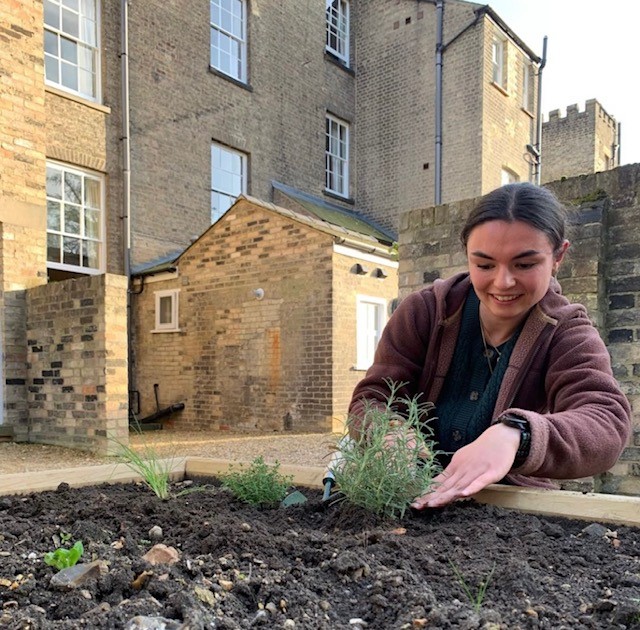
Elsewhere in the gardens, I am delighted to see the Emmanuel College Community Gardens being used by the students for the first time. I attended the Freshers' Fair at the start of term and was encouraged to engage in some great conversations with some fabulous students.
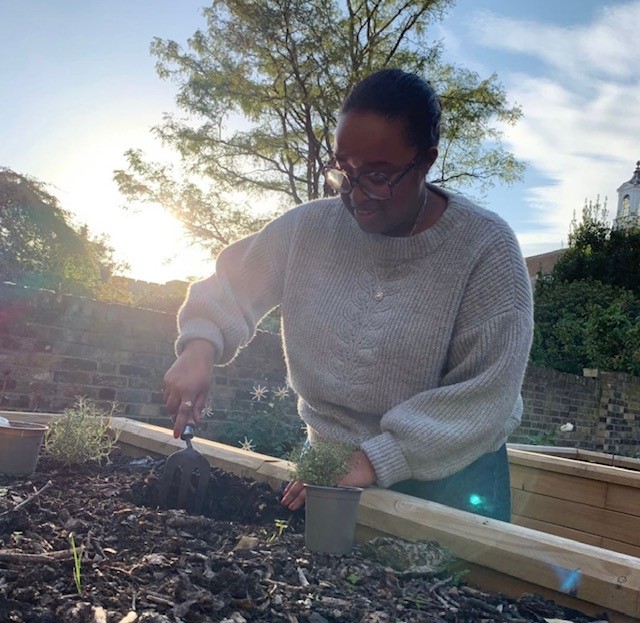
As a result of the publicity, we held our first ‘come along and try’ meetings, and these were very well attended, one of them on a beautiful sunny autumn afternoon. It was fantastic to see the students who participated engaging in the practical and healthy benefits of gardening. It really has created a buzz of excitement!
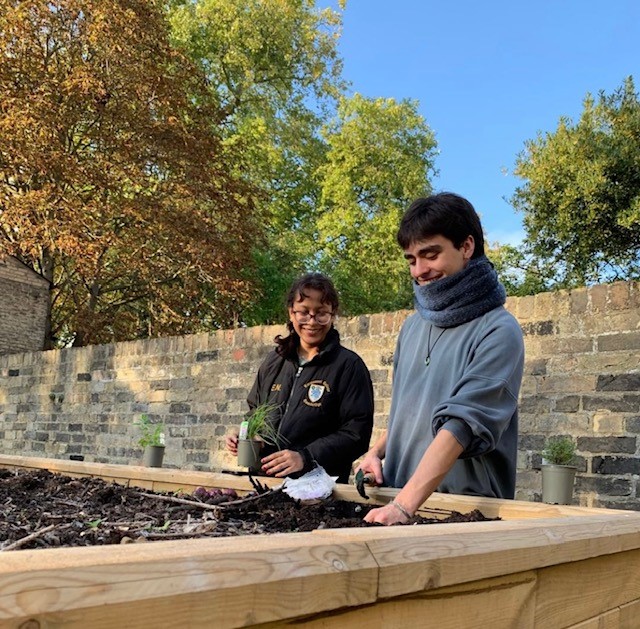
If anybody else is interested in becoming involved, then please contact me via email. Please leave a message on the gardeners' contact email or use the QR code on the shed in Park Terrace for more details. Please also speak to our student representative, Sasha Carter.
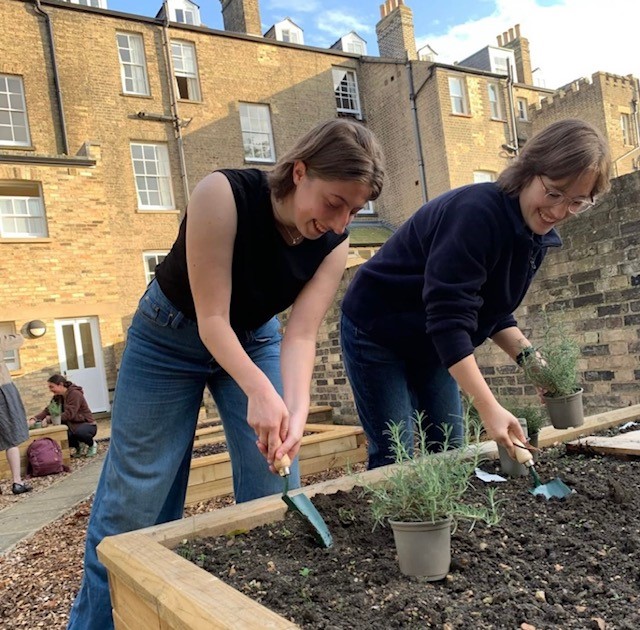
I look forward to seeing more of you all soon.
Kind regards.
Brendon Sims, Head Gardener
